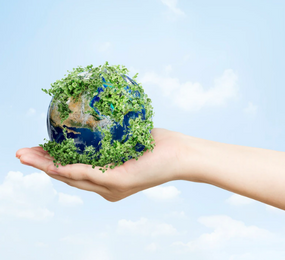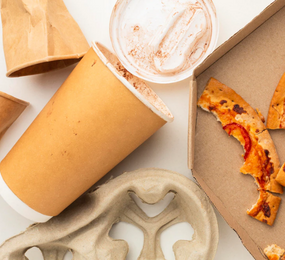The plastic pollution crisis demands immediate action. While alternatives like bioplastics have emerged as potential solutions, questions remain about their true environmental impact. Understanding the entire lifecycle of each material is crucial for informed decision-making.
A Comparative Lens: Unveiling the Footprints
The 2nd annual World Biopolymers & Bioplastics Innovation Forum will delve into a comprehensive Life Cycle Assessment (LCA) of bioplastics and traditional plastics, analyzing their environmental impact at every stage:
-
Raw Material Acquisition: Bioplastics typically utilize renewable resources like plant oils and agricultural waste, reducing dependence on fossil fuels. However, cultivating these resources may require land use and water consumption. Traditional plastics rely on fossil fuels, contributing to depletion and greenhouse gas emissions.
-
Production Processes: Bioplastic production often involves fermentation or enzymatic synthesis, which can be energy-intensive. Traditional plastic production requires refining crude oil and using additional chemicals, often generating significant emissions and pollution.
-
Transportation and Distribution: Both materials require transportation and distribution networks, contributing to greenhouse gas emissions. Optimizing logistics and utilizing recycled materials can minimize this impact for both types of plastics.
-
Use and End-of-Life: Certain bioplastics are biodegradable or compostable, reducing waste buildup and potentially returning nutrients to the soil. Traditional plastics typically accumulate in landfills and oceans, posing an environmental hazard for centuries.
Weighing the Evidence: Beyond Black and White
The LCA paints a nuanced picture, revealing that environmental impact varies depending on the specific bioplastic and traditional plastic compared. Factors like feedstock type, production methods, and end-of-life scenarios influence the overall footprint.
While bioplastics offer clear advantages in terms of resource renewability and potential biodegradability, challenges remain in optimizing production efficiency and ensuring responsible feedstock sourcing. Traditional plastics offer established infrastructure and lower upfront costs, but their reliance on fossil fuels and persistent waste generation raise concerns.
The Road Ahead: Responsible Choices for a Sustainable Future
The forum will foster meaningful dialogue on promoting responsible innovation and adoption of both bioplastics and traditional plastics with minimized environmental impact. This includes:
-
Investing in research and development: Optimizing bioplastic production processes to reduce energy consumption and improve efficiency.
-
Developing standardized LCA methodologies: Providing transparency and facilitating accurate comparisons between different types of plastics.
-
Promoting responsible sourcing and sustainable practices: Ensuring ethical and environmentally friendly feedstock production for both bioplastics and traditional plastics.
-
Encouraging responsible waste management: Implementing effective recycling and composting infrastructure for both bioplastics and traditional plastics.
Join the conversation at the 2nd annual World Biopolymers & Bioplastics Innovation Forum in Amsterdam on February 28-29, 2024, and be part of shaping a future where both bioplastics and traditional plastics contribute to a more sustainable and resilient planet.
To register or learn more about the Forum please check here: https://bit.ly/3qbznOe
For more information and group participation, contact us: [email protected]
















